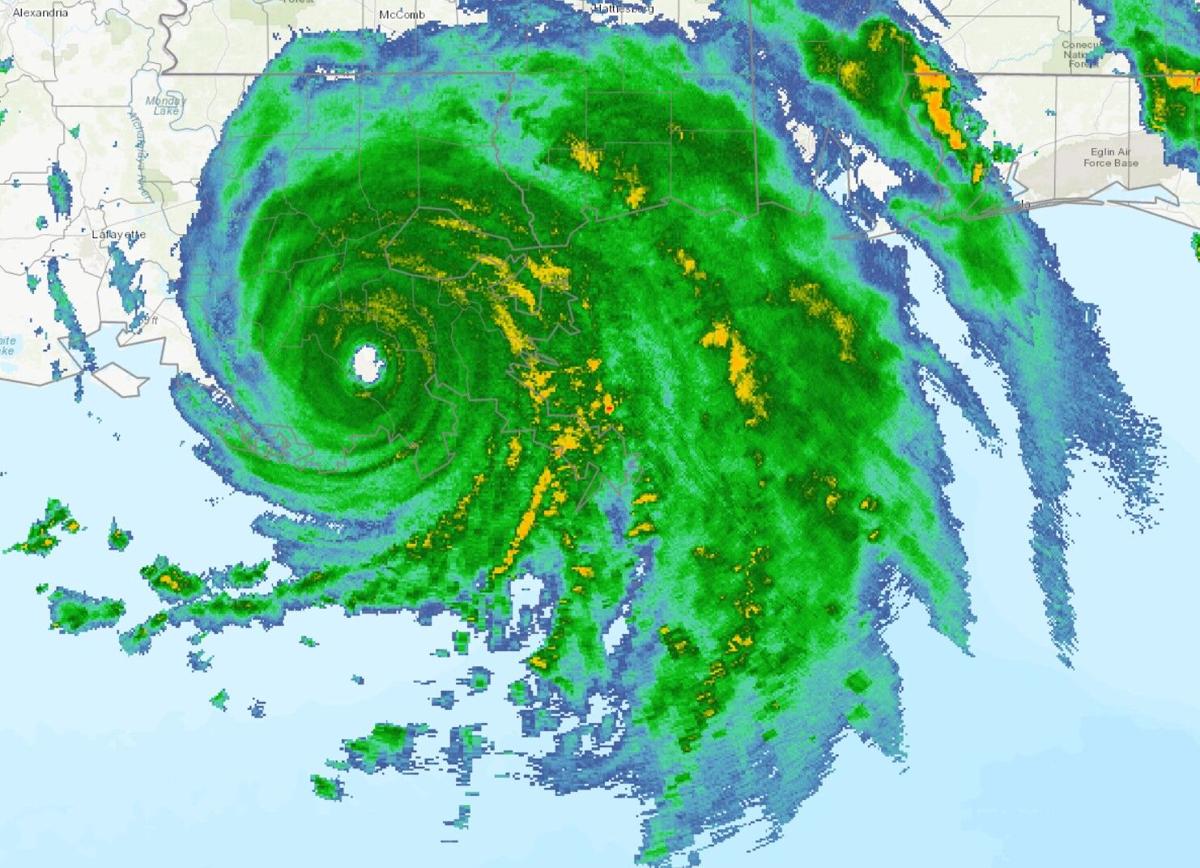How much impact did the US hurricane have on the oil market?

Hurricane Ida violently hit the heartland of the US energy industry, but the crude oil market reacted flat on Monday, and some oil companies began investigating the extent of the damage caused by the storm.
Last Sunday, after "Ada" made landfall on the coast of Louisiana, it caused a wide range of storms and floods in the Gulf of Mexico. The water level in some areas was as high as 9 feet. You know, the Gulf of Mexico has a dense network of oil wells, refineries, petrochemical facilities, pipelines, and natural gas processing plants. The impact of this hurricane on the region's energy supply is self-evident.
According to data from PowerOutage.US, more than 1 million users in Louisiana have lost power.
In a conference call with U.S. President Biden, Louisiana Governor John Bel Edwards stated that the rapid restoration of power is “critical” to resume work.
Entergy, one of the major power companies in Louisiana, said it will take several weeks to restore normal power supply. This may damage other energy infrastructure and the restoration of water and sewage services for residents affected by the storm.
The company said that New Orleans suffered "catastrophic transmission damage," and all eight transmission lines collapsed, causing power outages throughout the city.
Biden said that the federal government is facilitating drone flights by power companies to assess the damage to power infrastructure, while not "interfering with air search and rescue."
Offshore oil and gas producers including ADR (NYSE: RDSa) (Shell) and British Petroleum (NYSE: BP) (BP) basically evacuated their platforms in the Gulf of Mexico before the storm. Last Sunday afternoon, oil production fell by 1.74 million barrels per day, about 15% of US production. Nearly 94% of natural gas production in the Gulf of Mexico has fallen.
Analysts said that oil production may recover faster than refineries, which may push up refined oil prices in the next few days. In other words, the U.S. refining industry may usher in a period of higher profit margins.
Analysts at investment bank Cowen said:
"The recovery of offshore oil production caused by hurricanes is often measured in days, and it may take weeks or even months for a refinery to restart."
On Wednesday, WTI crude oil futures generally rose first and then fell. U.S. trading hours were affected by the sharp drop in EIA crude oil inventories last week and OPEC + the maintenance increase plan. Although WTI crude oil bottomed out, its gains were limited and eventually closed down 0.41%. , Quoted at 68.24 US dollars per barrel.
In addition, although the EIA gasoline inventory increase last week was the largest since the week of June 25, 2021, considering the impact of the hurricane, GasBuddy, a gasoline retail price tracking service company, said earlier that gasoline prices may rise by 5 to 15 in the next few weeks. Cents.
In addition, this storm is expected to have another blow to the global supply of plastics, after many petrochemical facilities in the region, including factories operated by ExxonMobil and Dow Chemical, were forced to close.
Louisiana is a large petrochemical production center in the United States. Analysts said that the supply of plastics used in products ranging from take-out food containers to PVC pipes has been affected, coupled with the surge in demand during the epidemic, and the price of plastics will break from record highs. This scene also appeared when severe cold broke out in Texas last winter.



